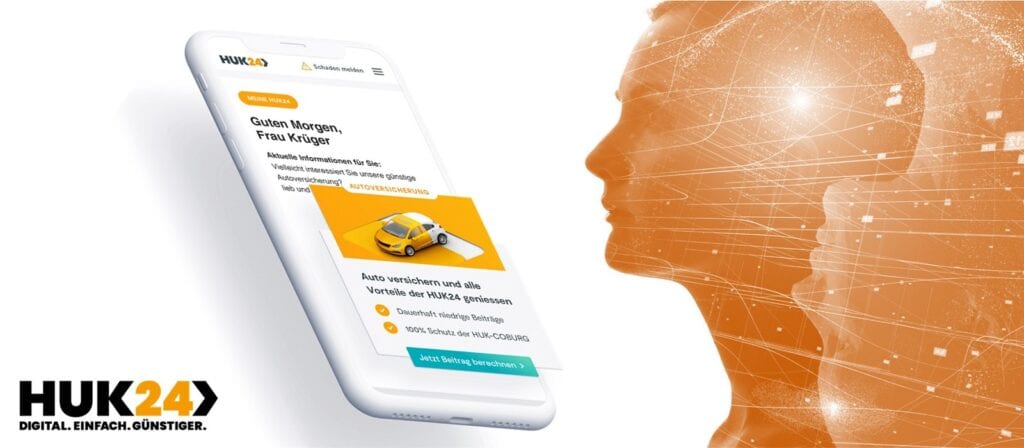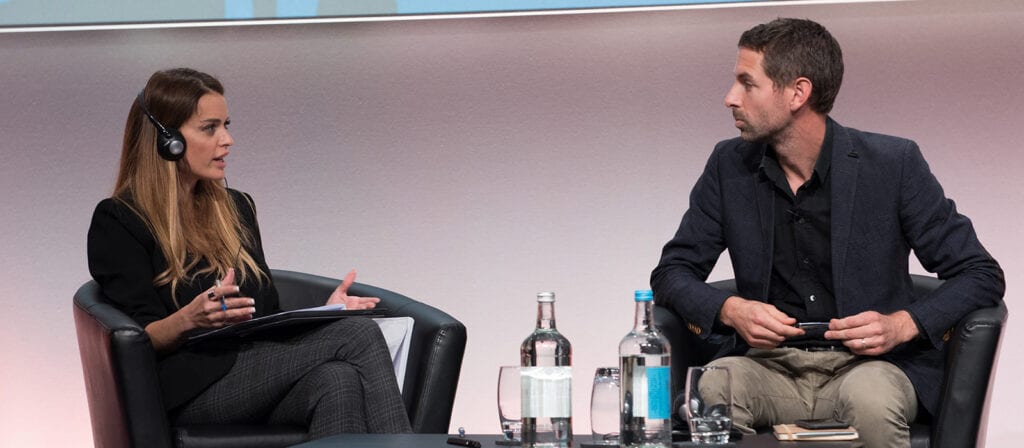Following the financial crisis in 2008, there was a lack of trust in insurance and a need for transparency. Achmea, the largest cooperative insurance company in the Netherlands, wanted to create something new that was fair, easy and available to customers through their mobile.
In 2009, it launched the InShared initiative, an end-to-end, fully digital insurance company from scratch, using open source tooling. From admin, onboarding and claims processing, to back-end processes, customer service and a connection to ecosystems. Everything is online.
Customers wanted a fair solution and this was a primary goal for InShared. It created a ‘We All Benefit’ model. By making everything digital and letting customers do most things themselves, InShared need less staff and can keep costs low. This allows InShared to reserve 20% of premiums to cover their operating costs while 80% of premiums go to claims. If not all of that 80% is used, the remainder is returned to customers – directly into their bank accounts – annually. The ‘We All Benefit’ soundbite has become well known in the Netherlands thanks to TV commercials, as this annual reward is a big part of the ‘We All Benefit’ slogan.
InShared puts customers at the centre and operates on a no-strings attached policy meaning customers have the benefit of same day cancellation. It is completely self-service and customers are in control of their policies. Transparency is key and customers are able to see all of the information InShared have for them. Excellent customer service is important for InShared and the daily cancellation policy adds an extra pressure to deliver good customer service. While excellent customer experience and low-cost ratios do not usually go hand in hand, InShared has proven this to be a possibility: with a customer service score of 8.7/10 and a churn rate of 16%, low for the Dutch market.
Simple and easy to understand products and communications are key to the business model. It provides 12 types of retail insurance products including car, home and pet insurance, which can be purchased entirely through the self-service app or desktop.
InShared has found that if it explains well online, customers can do it themselves and do not need to contact them via the phone. The company is 97% self-service and uses AI technology to cover any questions customers could ask. Customers with questions can use a chatbot and can only call if they are making a claim. This allows InShared to have a low cost rate: 16.5% compared to 20-25% on average for the Dutch market. This, in turn, leads to lower premiums for its customer base. InShared are among the top three Dutch insurers for price and products.
Claims are fully digital and half of all claims it gets are straightforward processing. For example, windscreen damage is automatically directed to the nearest repair shop using outside ecosystems. All (digital) communications with the repair shop are visible in the customer domain so they can really see the value of their insurance. The high automation index allows the customers per employee to be high. This is an increasingly evolving, scalable digital model which allows for more customers and more products.
In 2011, InShared created a white label platform through which they sell insurance to customers under a big name retailer (HEMA) in the Netherlands.
In 2014, it created an online claims service in-house. It saw a lot of interest in the platform and so they created the OutShared platform in 2016, an insurance-in-a-box solution for insurance companies who want to set up something outside of their company. To date, it has worked with companies in Canada and Sweden. The next goal is to take InShared outside the borders of the Netherlands and grow the brand internationally. It has just started in Germany and is planning to go across Europe in the years to come.
During the pandemic, InShared grew rapidly, helped by the fast-growing lean towards digital. However, it remains a relatively small company, starting with just five employees and growing to a couple of hundred.
The success of the project comes from a strong commitment from the top, strong visionary leadership, and decreased complexity.





